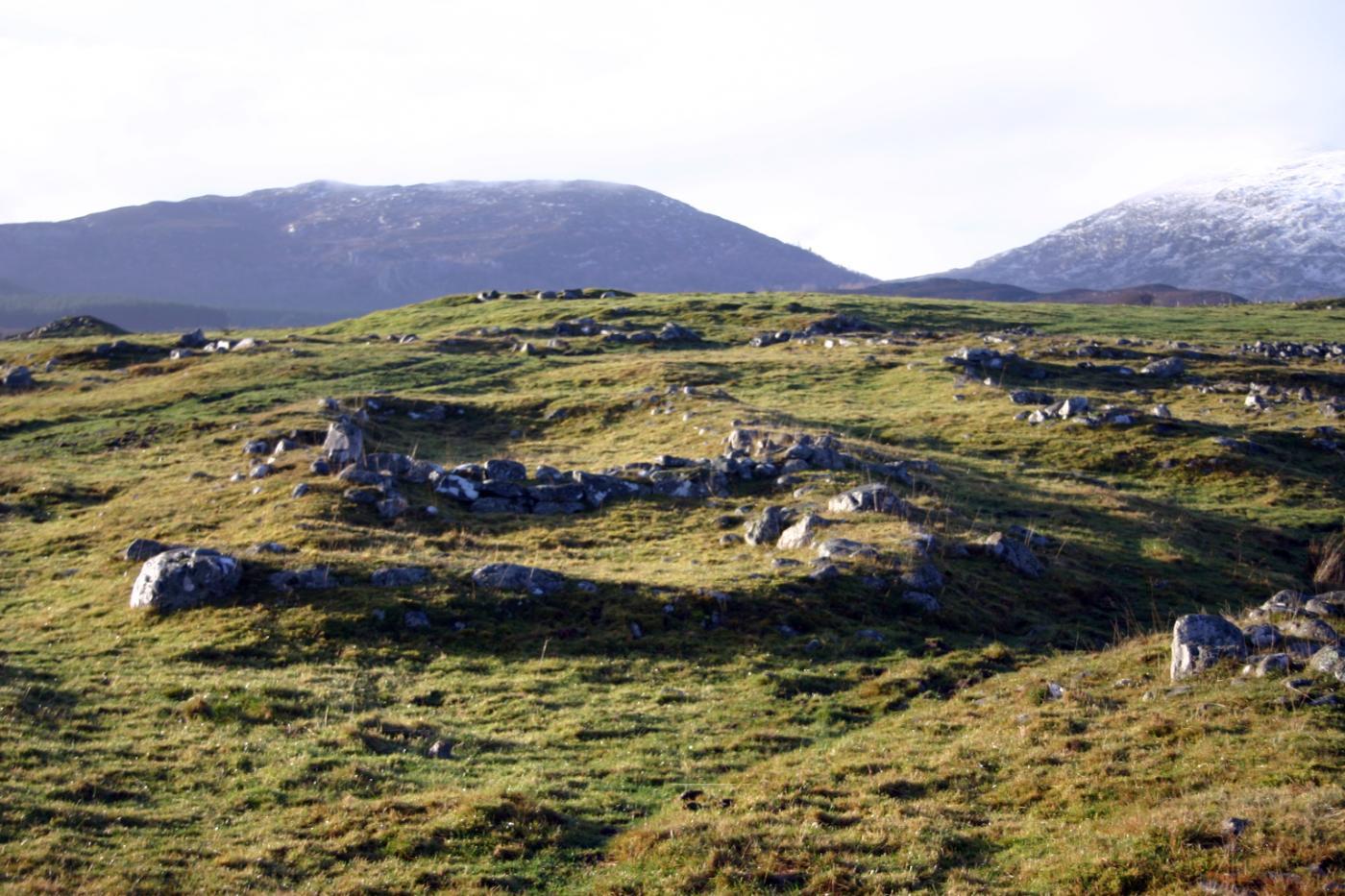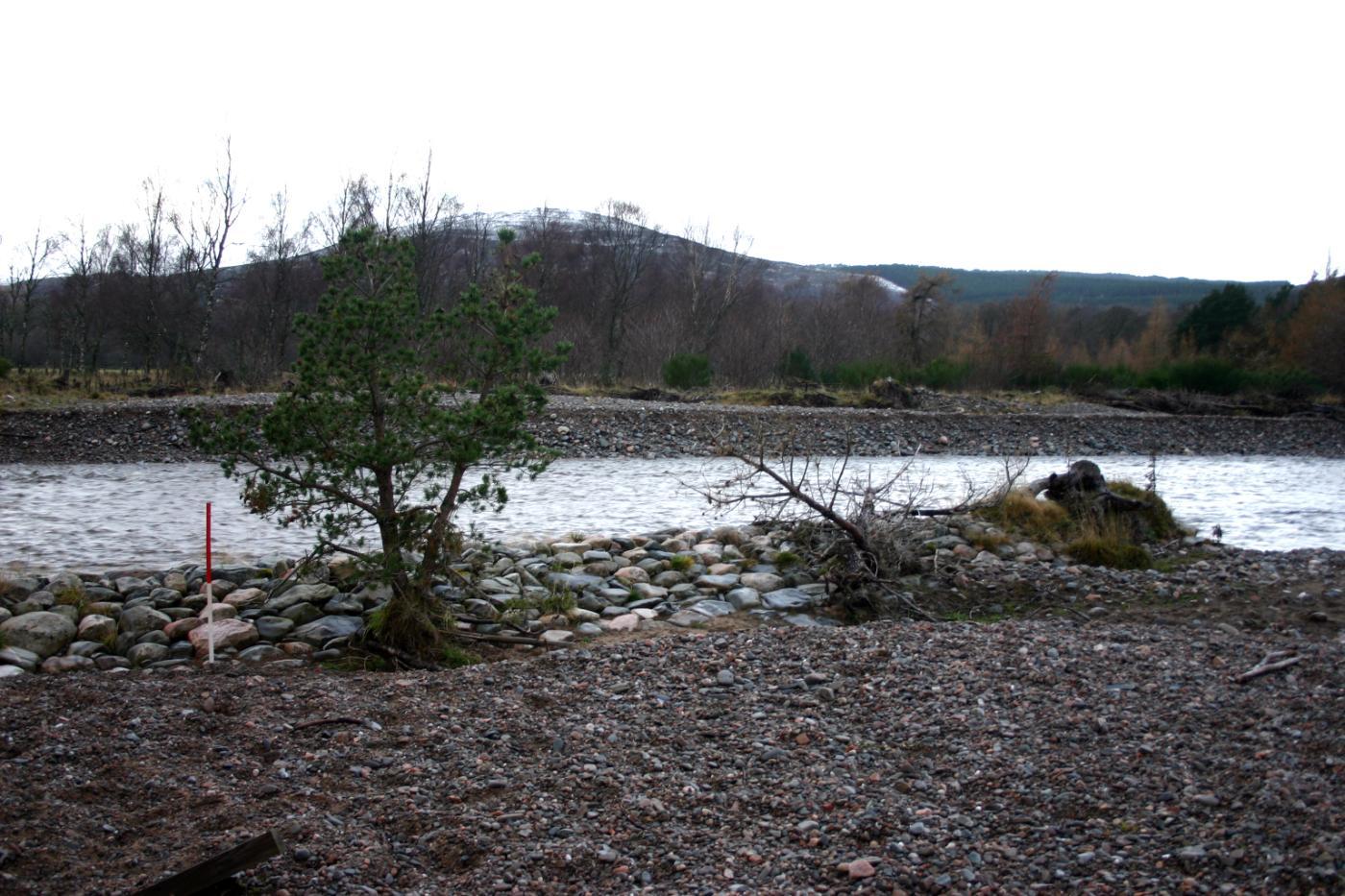Michael Given
Published: 10 January 2022
December 2021
‘Landscape and Conviviality’: field visit to Badenoch
Michael Given, 7 January 2022
Thanks to a grant from the CSCS, I visited Badenoch in December 2021 to investigate the 17th–18th-century settlement of Easter Raitts and the 18th and 19th-century embankments along the rivers Feshie and Spey. This was part of a bigger project called ‘Landscape and Conviviality’, which explores the relationships between people, rock, soil, water, plants, animals, and weather.
At Easter Raitts I examined its landscape context, from the geology and fertility to the tracks and views. The combination of landscape context and the excavation reports shows a close and complex interdependence between people, animals and a range of local materials such as stone, turf and wood. Easter Raitts, in this view, is not just a human settlement but an inter-species and inter-material community.
The landowners of the flood plain of the fast and flashy River Feshie used stone embankments to contain it; the one I recorded was up to 6.5m wide and 2m high. Even so, the speed and energy of the river had easily sliced through it in several places. On the much slower River Spey, the embankments are equally large, but mainly built of compressed turf. By interfering with the system of regular floods, these embankments reduced the fertility of the fields and increased the destructive power of the river when it did flood. They were, in other words, agents of their own destruction.
First published: 10 January 2022
<< Past awards



